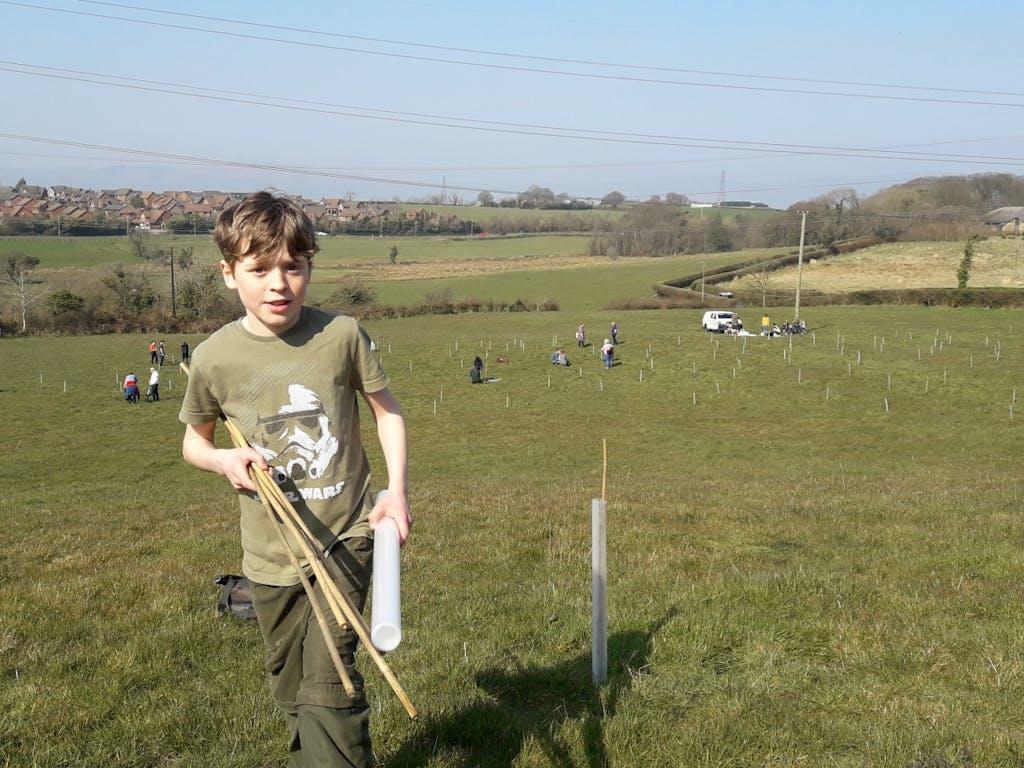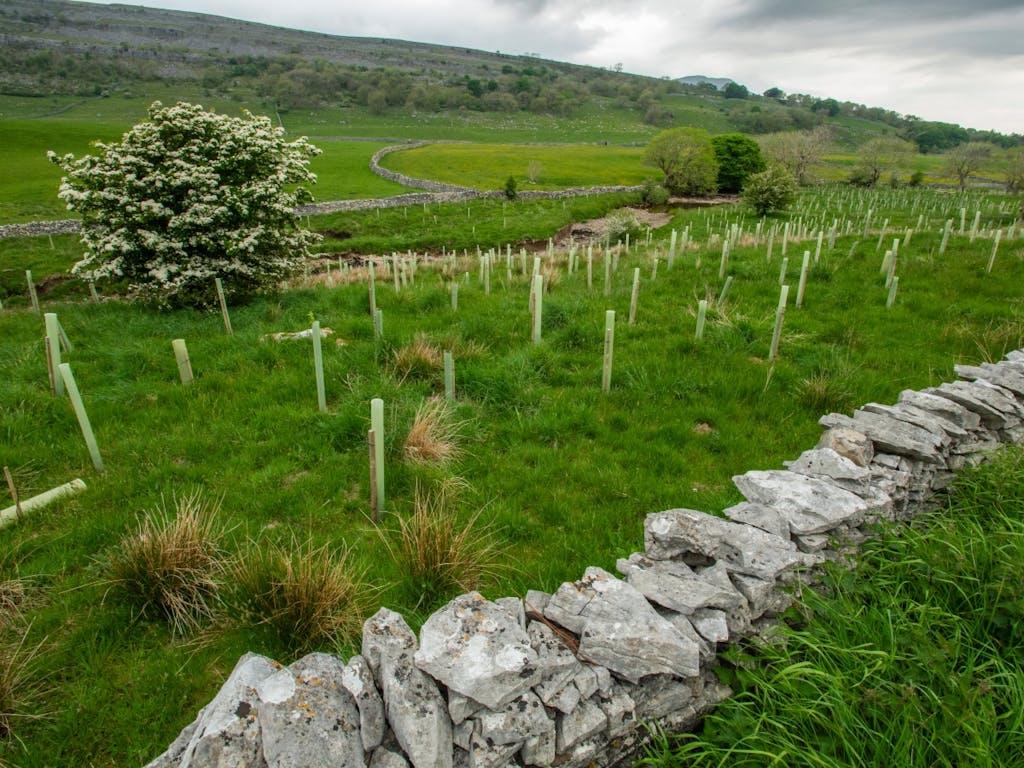Success stories - woodlands


Creating new woodland in Lisnabreeny, Northern Ireland
The National Trust has an ambitious vision to help tackle climate change: to plant 20 million trees by 2030. As part of this project, the charity planted 5,500 trees at Lisnabreeny, on the edge of Belfast, to help increase Northern Ireland’s woodland.
Funded by the Department of Agriculture, Environment and Rural Affairs, the new woodland covers three hectares, roughly the size of five and a half football pitches.


At Lisnabreeny, careful planning went into choosing the right tree species for the right place, with the team planting a mix of native broadleaf trees including oak, hazel, birch, Scots pine, common alder and conifers as well as a blossom circle with pollen-rich wild cherry trees.
Introducing this large area of diverse trees not only locks up carbon, but it also provides wildlife habitats – the hope being to attract more woodland birds such as finches, wrens and thrushes – and offers a beautiful space for people to enjoy for generations to come.
“The science tells us that tree planting is one of the best ways to absorb carbon. We know it works and there's no time to lose”
John Deakin, National Trust Head of Trees and Woodland


Celtic Rainforest preservation in Wales
Where perfect conditions permit – regular rainfall, constant humidity, mild temperatures and clean air – temperate rainforests grow here in the UK, providing a unique home for wildlife. They can be found in small pockets along the western seaboard including parts of Wales such as Snowdonia, Cwm Einion, Cwm Doethie – Mynydd Mallaen and the Elan Valley.
Celtic Rainforests are home to trans-Saharan migrant birds like wood warblers and is an important habitat for plants such as mosses and liverworts and lichens, some of which are found nowhere else on Earth.
Today, after centuries of clearance and replacement by non-native plantations, only fragmented areas of our rainforests remain and what’s left is threatened by invasive species, overgrazing and climate change. But conservation projects are fighting back: Celtic Rainforests Wales, a seven-year project funded by the EU-LIFE fund and the Welsh Government, is tackling threats and improving the condition of these precious woodlands.


RSPB Cymru is part of the Celtic Rainforests project and is working with local communities, volunteers, visitors and contractors to restore and manage our Welsh temperate rainforests. This involves clearing invasive Rhododendron plants through various techniques such as using highland cattle for sustainable grazing, helping to protect and conserve these magical habitats from further disappearing.
Since the project started in 2018, over 75 km² of ancient woodland have been cleared of invasive, non-native Rhododendron. This has helped to bring air and light back into the woods and allowing rare lichens and bryophytes to thrive.


Tree planting in Ingleborough, Yorkshire
Across the Ingleborough mountain landscape, a restoration project involving WWF, Yorkshire Wildlife Trust, Natural England, the University of Leeds, the United Bank of Carbon, Woodland Trust and local communities is underway. Wild Ingleborough is restoring woodland on up to 11.5 km² of land around the mountain to bring back biodiversity and capture carbon, helping to tackle the climate emergency.
Through low-intensity farming, restoring wildlife-friendly habitats, and sharing skills and knowledge, the partnership is helping to transform Ingleborough into a haven for nature and people.


As of July 2022, almost 66,000 native trees have been planted in the Ingleborough landscape, and an area the size of roughly 160 football fields has been restored. At the same time, less intensive cattle grazing is allowing scrubland plants to grow.
Over time, broadleaf woodland will grow a continuous ‘belt’ across the landscape providing wildlife with food and shelter. This will not only support connectivity in Ingleborough’s patchwork habitat, but will help keep carbon in the ground.
“Wild Ingleborough is trying to re-establish woodland that has been lost. This will help establish habitats that once existed and now no longer do, and allow species that have been lost from this area to return”
Frank Morgan, Natural England Reserve Warden










